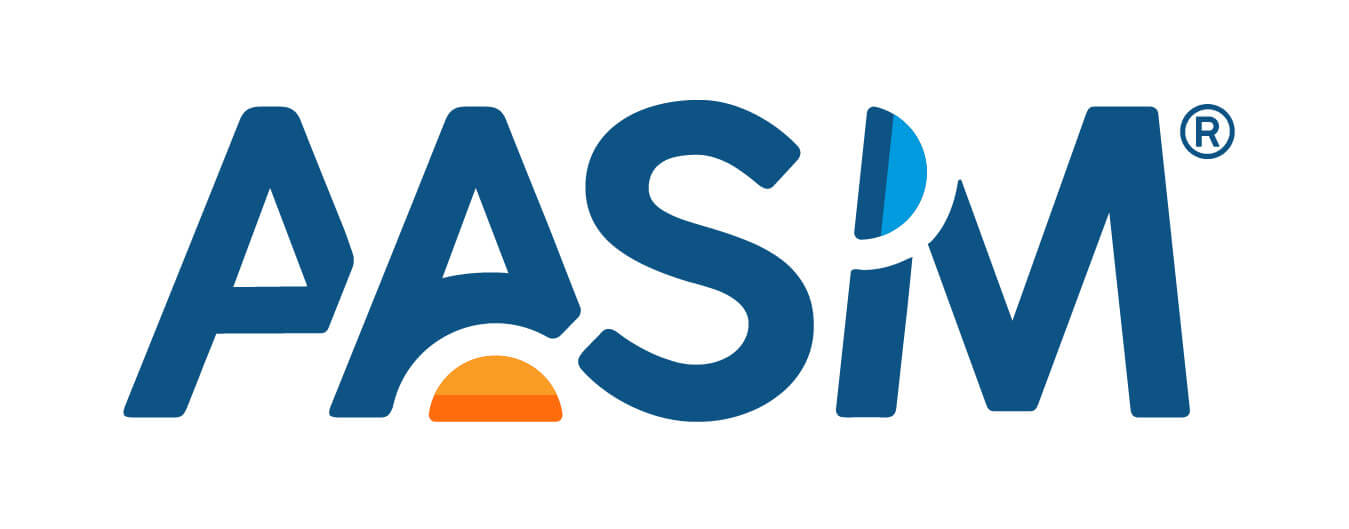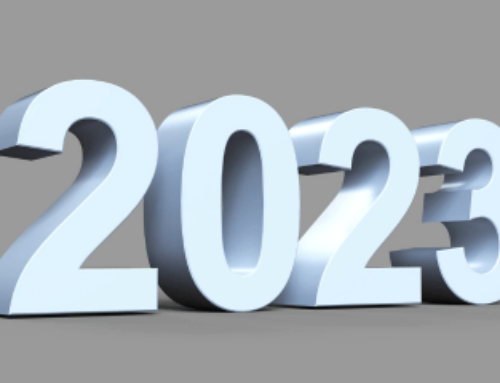On October 30, 2015, the Centers for Medicare & Medicaid Services (CMS) issued the 2016 Physician Fee Schedule Final Rule, its annual rule finalizing payment policy and rates effective January 1, 2016. Download these supplemental resources for more information about the final rule:
Payment for Sleep Medicine and Evaluation and Management Services
In most cases, 2016 payment for sleep services will stay at or close to 2015 rates. Providers will notice a small increase in payment for in-center sleep testing (codes 95807, 95808, 95810 and 95811) and a small decrease in payment for home sleep apnea testing (codes 95800, 95801 and 95806). Codes for pediatric polysomnography continue their trend of significant shifts in payment rate this year. Last year, pediatric polysomnography (95782) was cut substantially, and pediatric polysomnography with PAP titration was increased substantially. This year, the opposite is true. CMS is aware of these significant annual fluctuations but is unable to change the statutorily required formula for calculating payment for these services. Finally, as in 2015, the 2016 rates for evaluation and management services remain stable.
Implementation of MACRA: Repeal of the SGR
The Medicare Access and CHIP Reauthorization Act of 2015 (MACRA) was signed into law in April 2015. MACRA repealed the sustainable growth rate (SGR) formula, which had been used to calculate physician payment. In place of the SGR, MACRA established regular annual increases of 0.5% to the Medicare conversion factor through 2019. However, these increases are contingent on a mandated reduction of fee schedule expenditures. If this target of 1.0% reduction is not met, the conversion factor must be adjusted (down) to compensate. Unfortunately, that 1.0% reduction was not met this year, and the conversion factor used to calculate physician payment was cut slightly. Physicians will note the 2015 conversion factor (effective July 1 – Dec. 31, 2015) was $35.9335, and the 2016 conversion factor (effective Jan. 1, 2016) will be $35.8279. This change has impacted payment slightly.
Physician Quality Reporting System
CMS continues to encourage participation in the Physician Quality Reporting System (PQRS). For the 2016 reporting year, sleep physicians can continue to report the sleep apnea measures group. PQRS reporting continues to be important for physician payment. Providers who do not report PQRS successfully in 2016 will receive a 2.0% cut to their payment in 2018. Members seeking an option for PQRS reporting can get information about the CMS-approved registry PQRSwizard.
Value-Based Modifier
CMS is continuing its implementation of the Value-Based Payment Modifier (VBPM). The VBPM, which is required under the Affordable Care Act, is designed to award or penalize providers based on the quality and cost of the care they provide. In the 2015 rule, CMS finalized its proposal to begin applying the VBPM to all physician practitioners starting in 2017. In the 2016 rule, CMS stated that it would continue to apply the VBPM to all physician practitioners. CMS assesses quality for the VBPM using PQRS participation data. This means that physicians who do not participate in PQRS can be penalized twice (once under the PQRS penalty and once under the VBPM).
Implementation of MACRA: New Quality Programs
MACRA didn’t just impact physician payment through the conversion factor (discussed above). Under MACRA, existing quality programs including EHR Meaningful Use, PQRS and the VBPM will all sunset at the end of 2018. New quality initiatives, called the Merit-based Incentive Payment System (MIPS), will begin to impact physician payment starting in 2019. CMS is in the process of developing policies for the MIPS program. The AASM has submitted comments to CMS encouraging the inclusion of quality measures that sleep specialists can report. Rulemaking on these programs is expected in spring of 2016.
Members with questions about the final rule can contact the AASM Coding and Compliance Department at coding@aasm.org.








